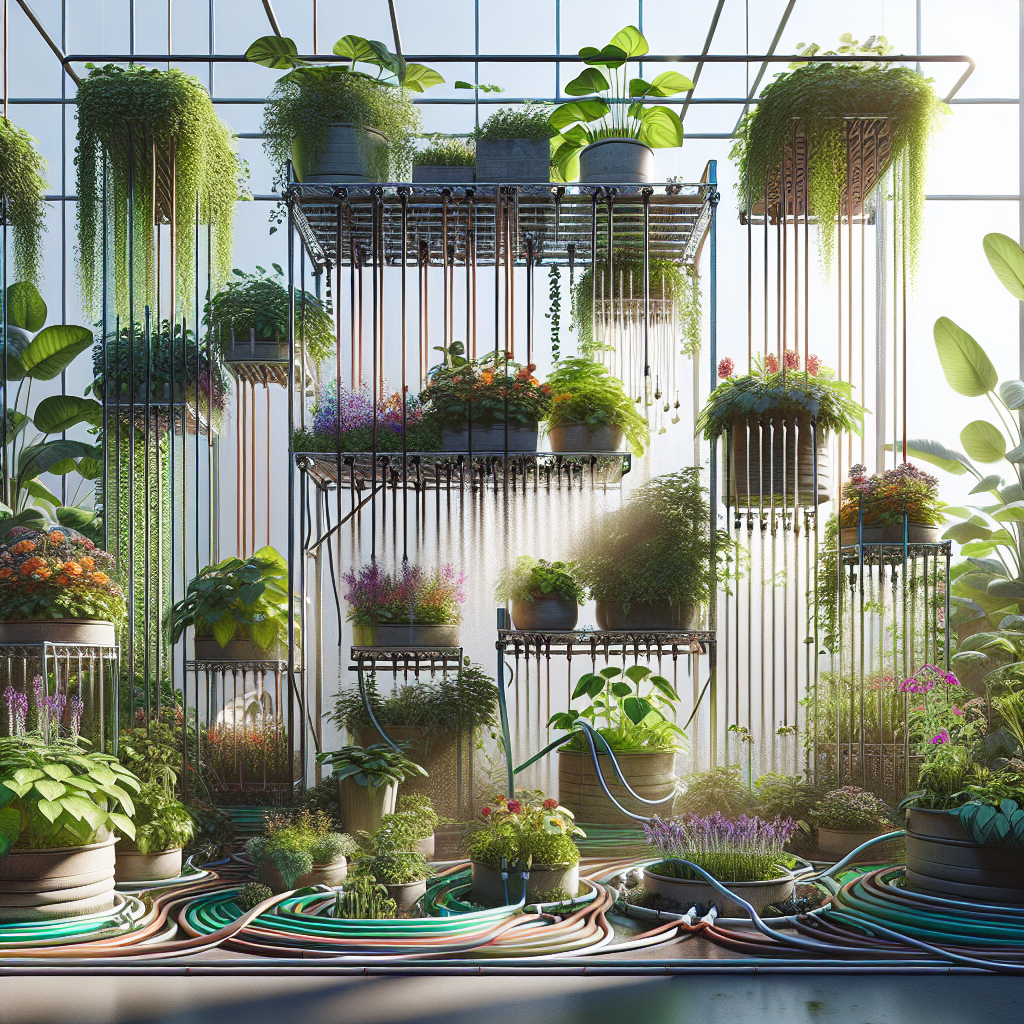Container gardening is a popular and convenient way to bring greenery and beauty into small spaces, balconies, or patios. However, sometimes traditional watering methods can be time-consuming and inefficient. By implementing advanced slow drip techniques in your container garden, you can elevate your gardening game and ensure your plants get the water they need without constant monitoring. Slow-drip systems are a great way to conserve water, prevent overwatering, and promote healthier plant growth. In this article, we will explore how to set up an advanced slow drip system for your container garden and take your gardening skills to the next level.
**Benefits of Advanced Slow Drip Techniques**
One of the main benefits of using advanced slow drip techniques in your container garden is that it helps conserve water. Traditional watering methods like hand-watering or using a sprinkler can lead to water wastage through runoff and evaporation. A slow drip system delivers water directly to the plant’s roots, minimizing waste and ensuring maximum absorption by the plant.
Moreover, slow drip systems help prevent overwatering, which can be detrimental to plants’ health. By delivering water slowly over an extended period, these systems allow the soil to absorb moisture gradually without becoming waterlogged. This promotes healthier root development and reduces the risk of root rot and other moisture-related issues.
**Setting Up Your Advanced Slow Drip System**
To set up an advanced slow drip system for your container garden, you will need a few key components: a timer, tubing, connectors, emitters or drippers, and stakes or clips to secure the tubing in place. Start by attaching the tubing to your outdoor faucet or a water source like a rain barrel. Then layout the tubing along the base of your containers.
Next, install emitters or drippers along the tubing at each plant’s base. Emitters release water at a slow and steady rate directly onto the soil surface near the plant’s roots. Make sure to place them strategically based on each plant’s watering needs – some plants may require more water than others.
Once all emitters are in place, secure the tubing using stakes or clips to prevent it from shifting or moving around. Finally, set up a timer on your faucet so that the system waters your plants automatically at specific times each day.
**Maintaining Your Slow Drip System**
Regular maintenance is essential to ensure that your advanced slow drip system functions properly throughout the growing season. Check for clogs in emitters by flushing out debris with clean water regularly. Inspect tubing for leaks or cracks and replace any damaged sections immediately.
Adjust watering schedules as needed based on weather conditions – plants may require more frequent watering during hot summer months or less frequent watering during cooler seasons. Monitor soil moisture levels regularly by sticking your finger into the soil – if it feels dry an inch below the surface, it’s time to water.
**FAQ About Advanced Slow Drip Techniques**
1. How often should I water my plants with a slow drip system?
– The frequency of watering will depend on various factors such as plant type, weather conditions, soil type, etc. It’s essential to monitor soil moisture levels regularly and adjust watering schedules accordingly.
2. Can I use a slow drip system indoors?
– Yes! Slow drip systems are versatile and can be used both indoors and outdoors. Just make sure you have proper drainage in place when using them indoors.
3. Will a slow drip system work for all types of plants?
– While most plants benefit from slow drip irrigation, some may require more specific watering methods based on their individual needs (e.g., succulents). Research each plant type’s requirements before setting up a slow drip system.
In conclusion…













